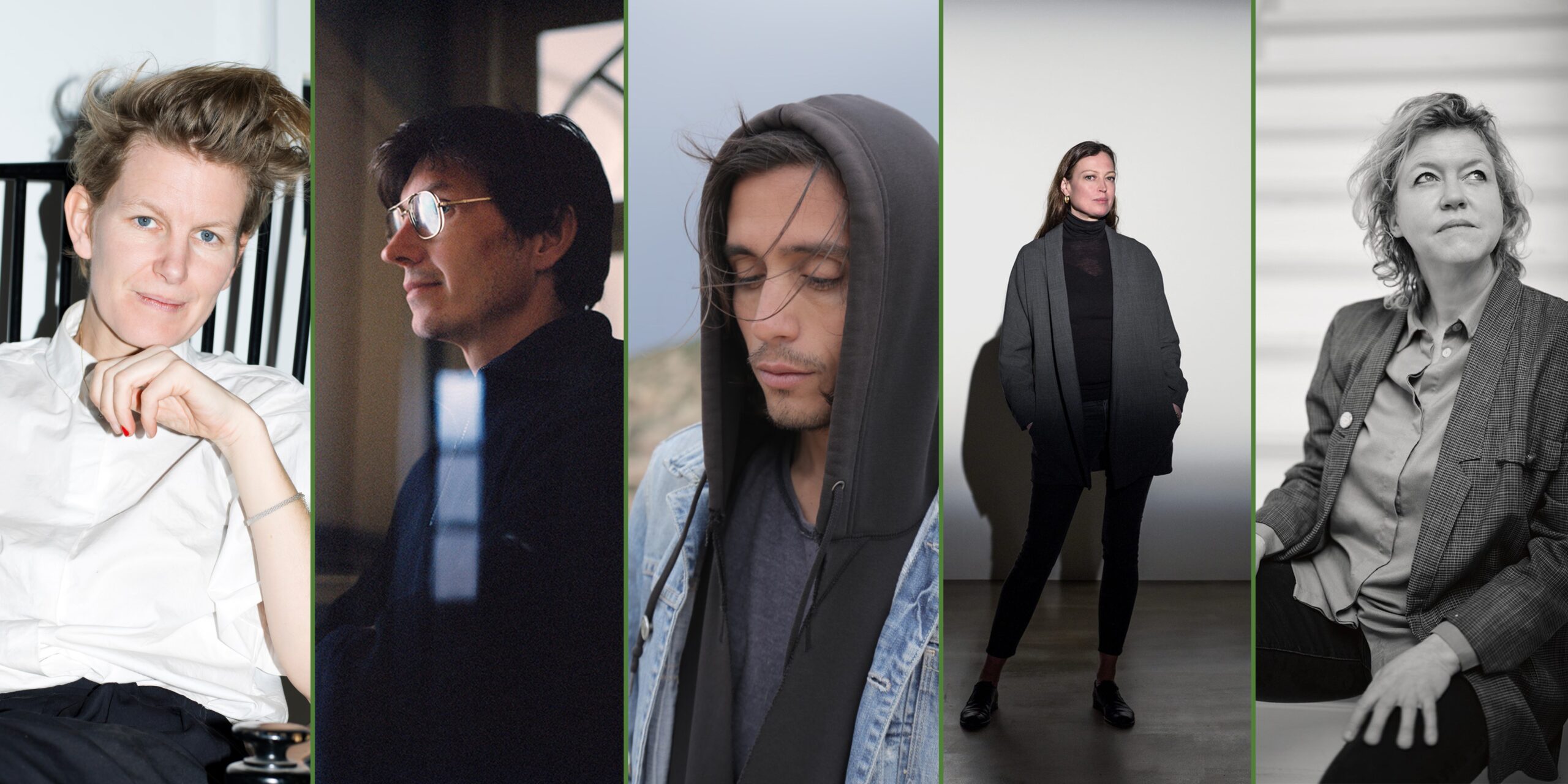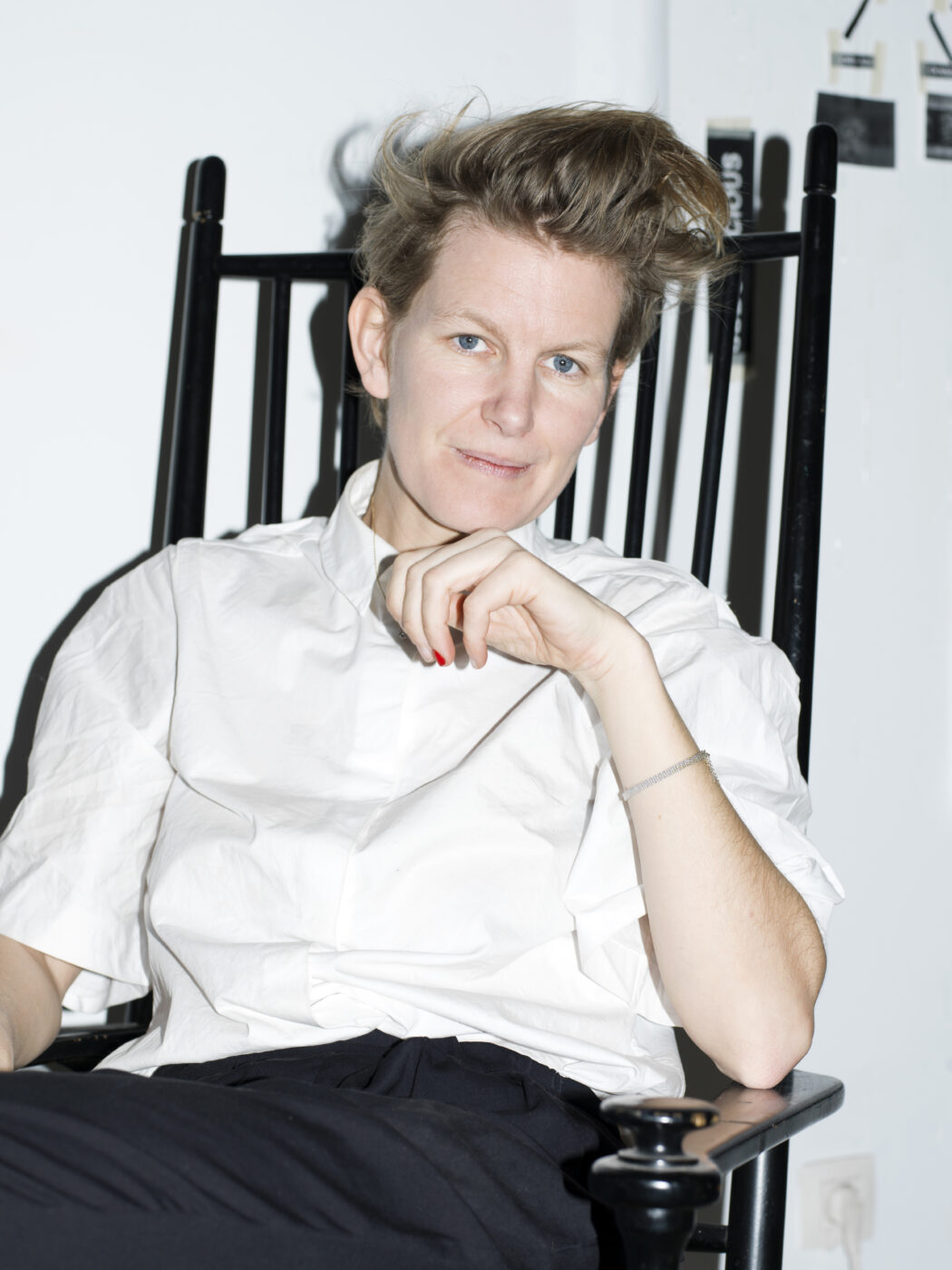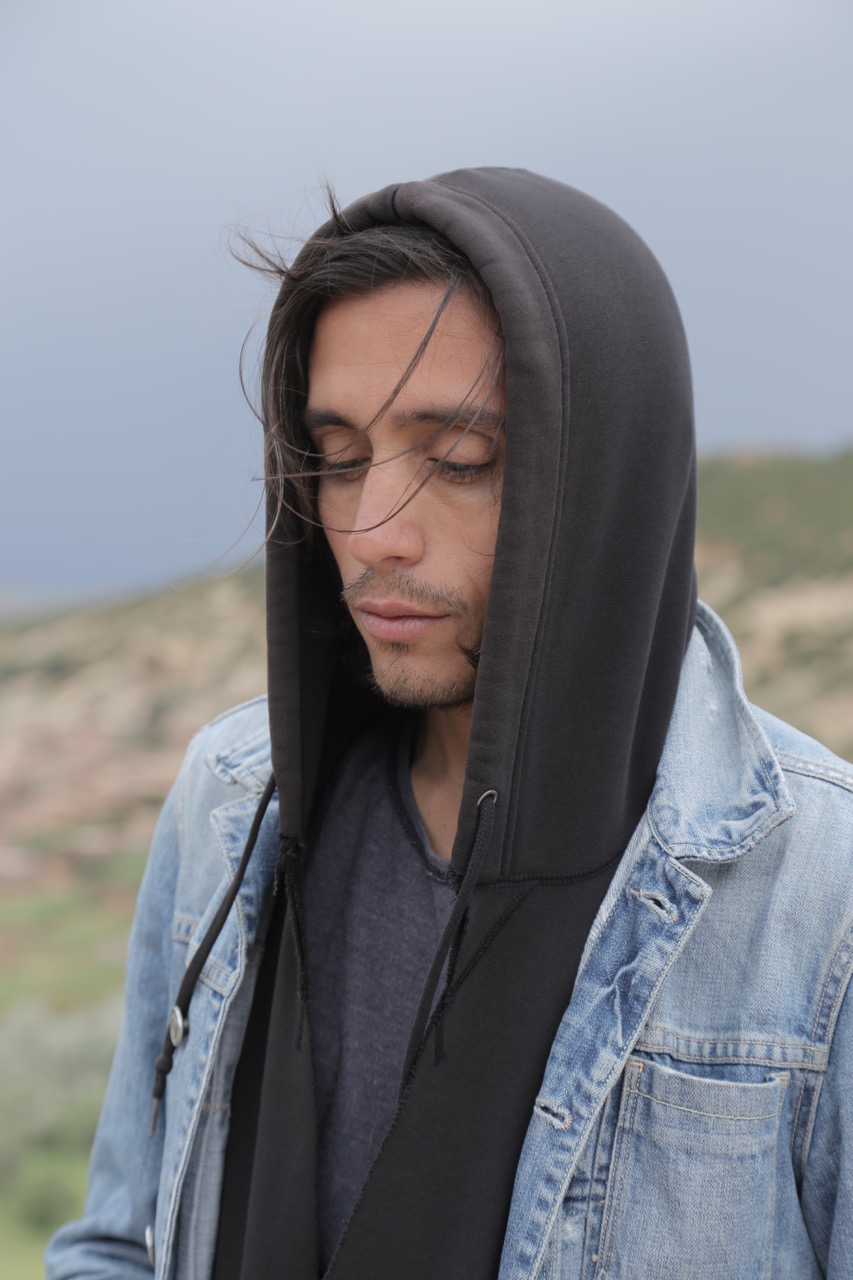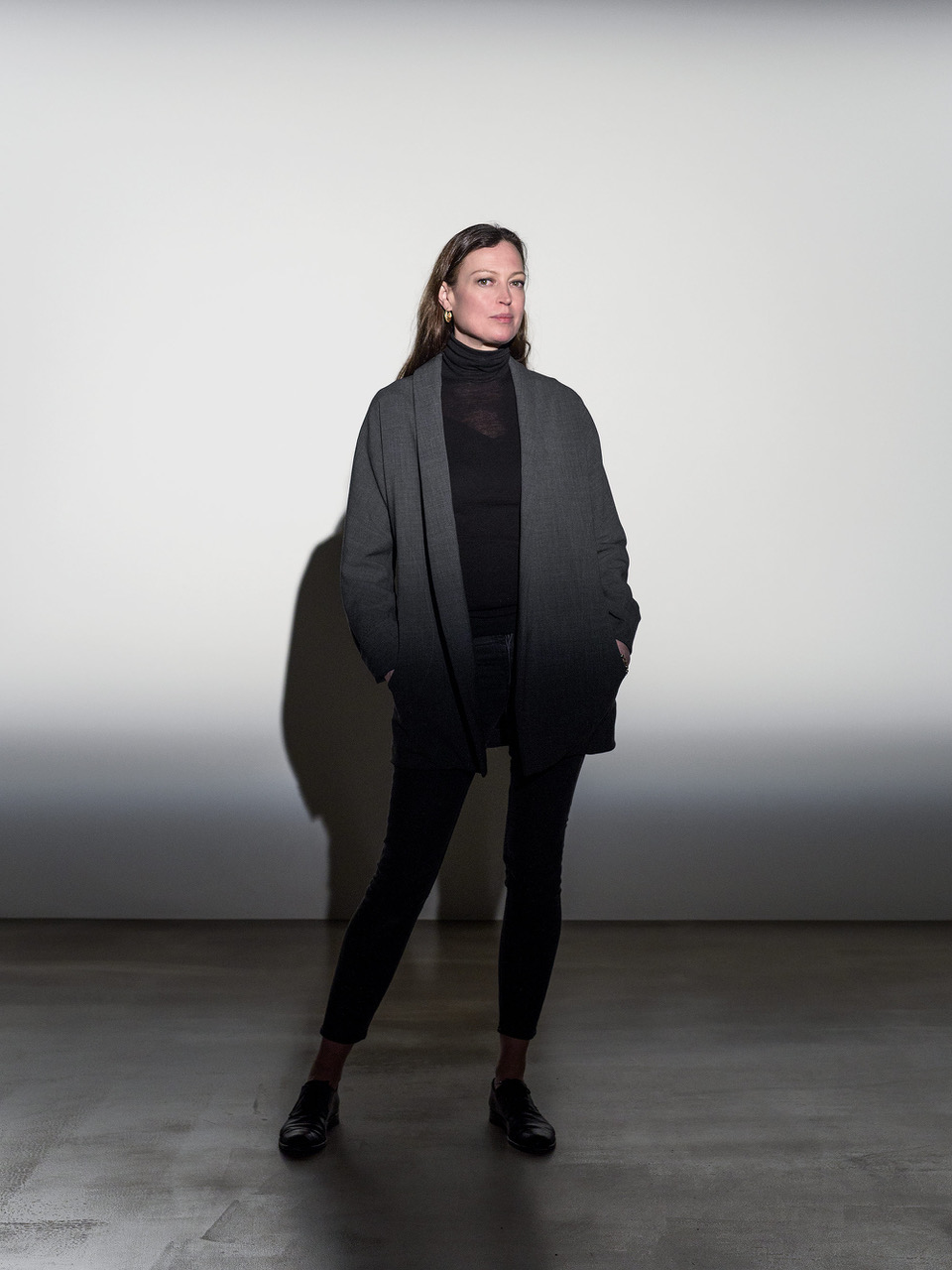With 'Art on the Meuse', Z33 and RLKM are bringing art to the Limburg Meuse Valley. Between 2022 and 2024, five artworks will appear in Dilsen-Stokkem, Kinrooi, Lanaken, Maaseik and Maasmechelen. read more

Five new names
Laure Prouvost, Adrien Tirtiaux, Germaine Kruip, Adrián Villar Rojas and Michèle Matyn. These are the five last names for the international art project Art on the Meuse (Belgium). With this, Z33 House for Contemporary Art, Design & Architecture & Regionaal Landschap Kempen en Maasland complete the programme, following the unveiling of Mark Dion’s Tree of Life in Herbricht and a series of remarkable temporary installations.

Laure Prouvost pays tribute to Mother Meuse in Kinrooi
Laure Prouvost (°1978, BE) feels a kinship with border regions. She has lived in Belgium for a long time, but grew up in Lille in France. In Kinrooi, she takes an imaginative look at the municipality’s history and future. ‘Mother Meuse’ is omnipresent here as a source of life as well as economic activity thanks to the fertile soil, gravel extraction and water recreation. So water is here a source of life in various ways, a theme that appears regularly in her oeuvre. In the gravel lake near the Bastion, Prouvost’s playful formal language brings something gentle to the landscape. A large bronze sculpture stands in the water and emphasises the symbolism of Mother Meuse. She holds her arms around a gravel mountain while several birds rest on the arms. . Ze houdt haar armen rond een grindberg terwijl enkele vogels op de armen rusten.

Bridge builder Adrien Tirtiaux in Maaseik
Adrien Tirtiaux (°1980, BE) connects the best of art and architecture in his work for the city of Maaseik. As a trade route, the Meuse played a crucial role in the historical development of the town. Thus, the river connected the inhabitants with the outside world and there was a flourishing cultural period, with a range of crafts. During the 19th and 20th centuries, this changed. The river was no longer navigable and a national highway was built between the city and the river. Tirtiaux deals with this duality in his work. In his sculpture, he refers to the town and villages nearby. In this way, he builds a bridge, as it were, between Maaseik’s past and its future, between the city centre and the river Meuse.

Adrián Villar Rojas gives futuristic look at Dilsen-Stokkem
Nothing is what it seems, nothing stays what it is. That becomes clear in Dilsen-Stokkem. The whole landscape was created by gravel extraction, even though it looks natural. With his ‘archaeology of the future’, Argentinian artist Adrián Villar Rojas ( (°1980, ARG) explores the ecological and geological changes of the place. He wonders what we will find here when we dig in thousands of years. Are things eternal?

Germaine Kruip: an echo of silence for Maasmechelen
The Meuse has different guises: sometimes calm, sometimes tempestuous. Moreover, the landscape is a time capsule, where centuries of geological processes take place. The radiance, eloquence and thus also the ‘effectiveness’ of its intervention lies in the extent to which it evokes stillness and wonder, in relation to the (natural) landscape. It has a contemplative character and makes you look at the environment differently. Germaine Kruip (°1970, NL) will magnify the peace and serenity of this place with her artwork, making the silence even more profound.

Fertile tracking with Michèle Matyn
Nature reserve Bichterweerd is a true nursery for nature, and even declared an ‘international bird area’. Michèle Matyn (°1978, BE) is inspired by one of the inaccessible islands in the gravel lake. It reminds one of an uninhabited island, but does nobody really live here? If you peer at the island, you will see six unusual figures. They are sculptures symbolising fertility and abundance on the nesting island.
This latest temporary work arrives on 29 February in Bichterweerd (Dilsen-Stokkem). There, Michèle Matyn will present her Vulva Island. More information will follow soon.


